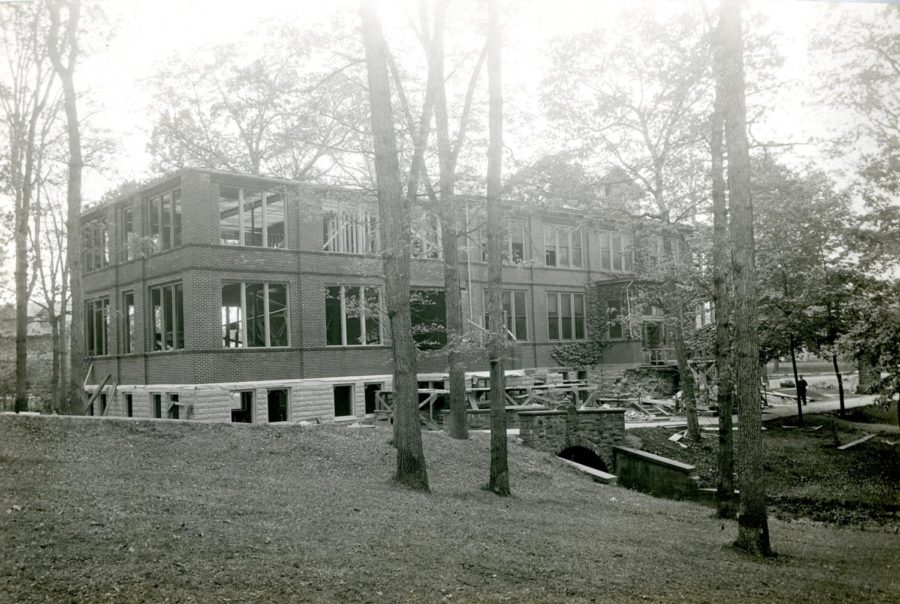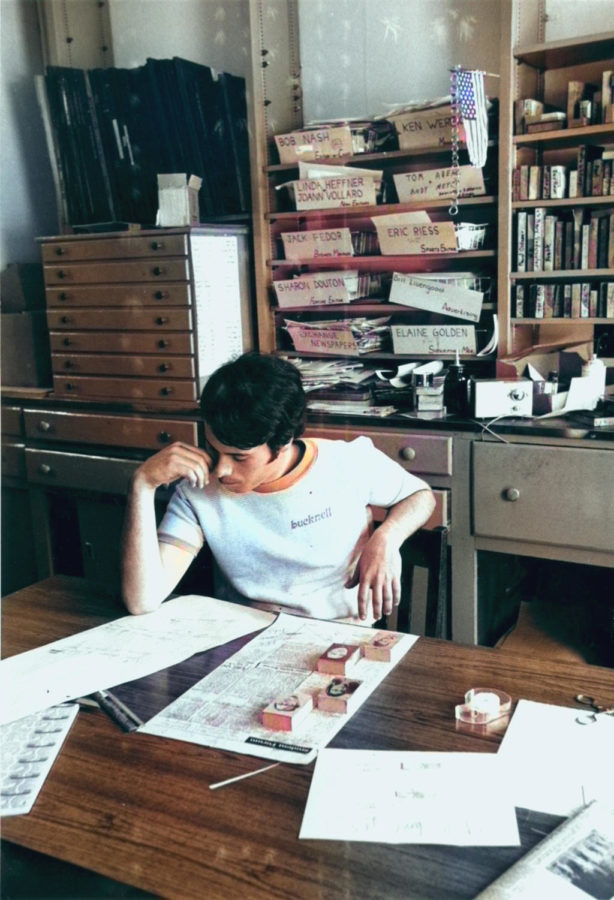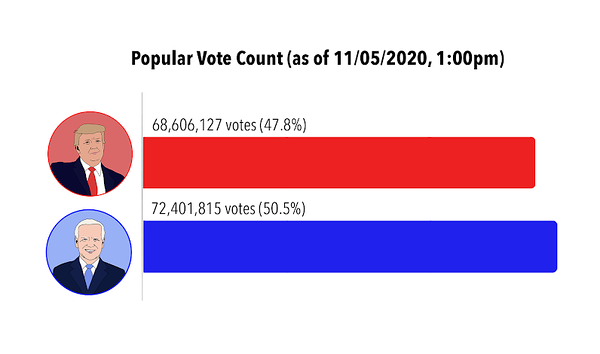On April 4, the world was overwhelmed with the purest form of art humanity has ever created: “A Minecraft Movie.” In this movie, we see humanity’s struggle against its Apollonian and Dionysian aspects: the urge to craft order in this world and the desire to indulge in pure instinct and carnality. These are supposed to combine into the wholeness of our being, but the main character, Henry, is too Apollonian, and the main villain, Malgosha, is too Dionysian. Only Steve bridges this gap and leads our hero to such understanding. But this struggle has existed for aeons, so what makes the film postmodern? What makes it so sublime as to count it amongst our masterpieces? By negating the hero’s journey, the Jeep Grand Cherokee and redefining the movie-watching experience, “A Minecraft Movie” has made itself greater than “Citizen Kane.”
During the movie, Henry doubts his belonging in the real world, frequently voicing the opinion that he would be better off in the overworld (the Minecraft world). This climaxes when an Enderman shows him visions of everyone he knows doubting him, attempting to destroy his Apollonian paradise. In a lesser film, we would experience the abyss and rebirth of our hero. He is made destitute but musters the will to continue forward. Instead, with this postmodern paragon of art, he simply does not understand. He experiences no abyss. There is no doubt, no questioning. Afterwards, Henry slays the Enderman, representing his triumph over his doubts despite never understanding them. This brings into question the universality of the hero’s journey. Do we need to hit our nadir to grow? Must we suffer to move forward? Why can we not reject the abyss as a whole?
In another scene of the movie, a villager wanders from the overworld and is hit by Vice Principal Marlene’s car. After he goes flying, the decal is the focus of the next shot. V.P. Marlene then rushes out and is worried since “everyone wants to sue me once I hit them with my Jeep Grand Cherokee.” In a later scene, she states she hit the villager with her Jeep Grand Cherokee. All of this culminates in a satire of product placement in film. Often, a product is shown in a positive light and a non-intrusive manner. The main character is drinking Coke, and we happen to see the label. Yet, in “A Minecraft Movie,” it is brought front and center in a negative light, inverting the natural order of film and mocking its usage. Sadly, to quote Joyce Messier, “Capital has the ability to subsume all critiques into itself. Even those who would critique capital end up reinforcing it instead,” since this valiant critique of product placement becomes product placement itself. This subplot blossoms into a love story better than “Twilight,” but that is an analysis for a longer article.
Finally, the movie-watching experience itself redefines what it means to watch a film in the cinema. Typically, the lights dim, and the audience goes silent. Despite being together, all watch alone. “A Minecraft Movie” deviates from this routine. Instead, we watch together and become a part of the art before us. Akin to showings of “The Room” and “Rocky Horror Picture Show,” we are expected to respond to what Steve says. Currently, we only applaud lines like “the Nether” and “flint and steel,” but we still make the experience alongside its author. We do not let the author create the experience alone, but we hold hands and craft it with them. Someone has already brought a live chicken for “Chicken Jockey.” Only time will tell how the audience’s tradition will grow.
“A Minecraft Movie” is one of the most poignant experiences I’ve borne witness to. From its critique of capital to its dissection of storytelling, we have scarcely mined the surface of this movie, but I hope to continue mining and crafting my own interpretations of this cinematic masterpiece.



















